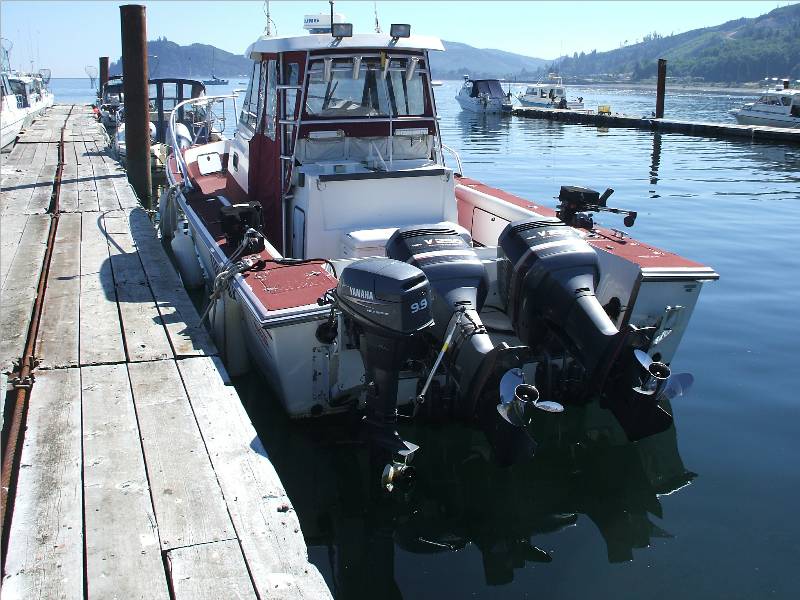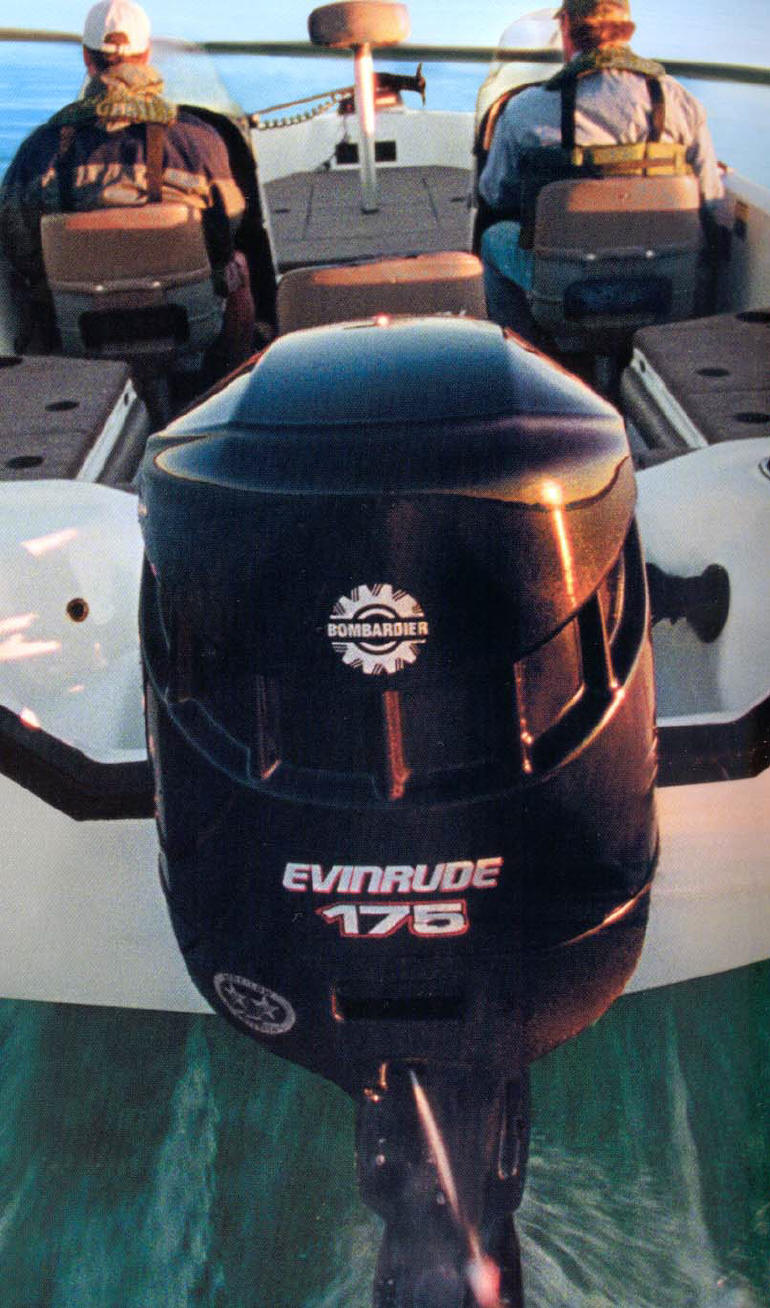Two-Stroke Engine Care with Yamalube
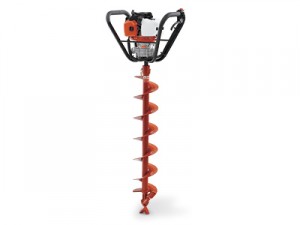
Yamaha’s signature brand of oil is designed for the most grueling conditions both in and out of the water. Yamalube two-stroke engine oil is used in outboard motors, dirt bikes, lawnmowers, snowmobiles and several smaller gas powered appliances. Unlike other two-stroke engine oils, Yamalube oil is so potent that it can help to repair and prevent engine damage.
While all Yamalube oil is formulated for performance, the additive packages in different oil formulations are designed for specific stress loads. Each blend of Yamalube oil must accommodate the needs of the engine. For example, Yamalube two-stroke outboard oil needs to be able to lubricate the engine for hours of operation at full throttle and low throttle, while Yamalube two-stroke oil for dirt bikes needs to be able to stand up to frequent and intense acceleration.
For owners who want their two-stroke engine to operate at its best, Yamalube is the oil of choice. Those looking for a little extra kick would be wise to invest in Yamaha fuel additives, like the Yamaha Ring Free additive, which helps prevent ring stick and wear, while also cleaning carbon and varnish deposits from the engine.


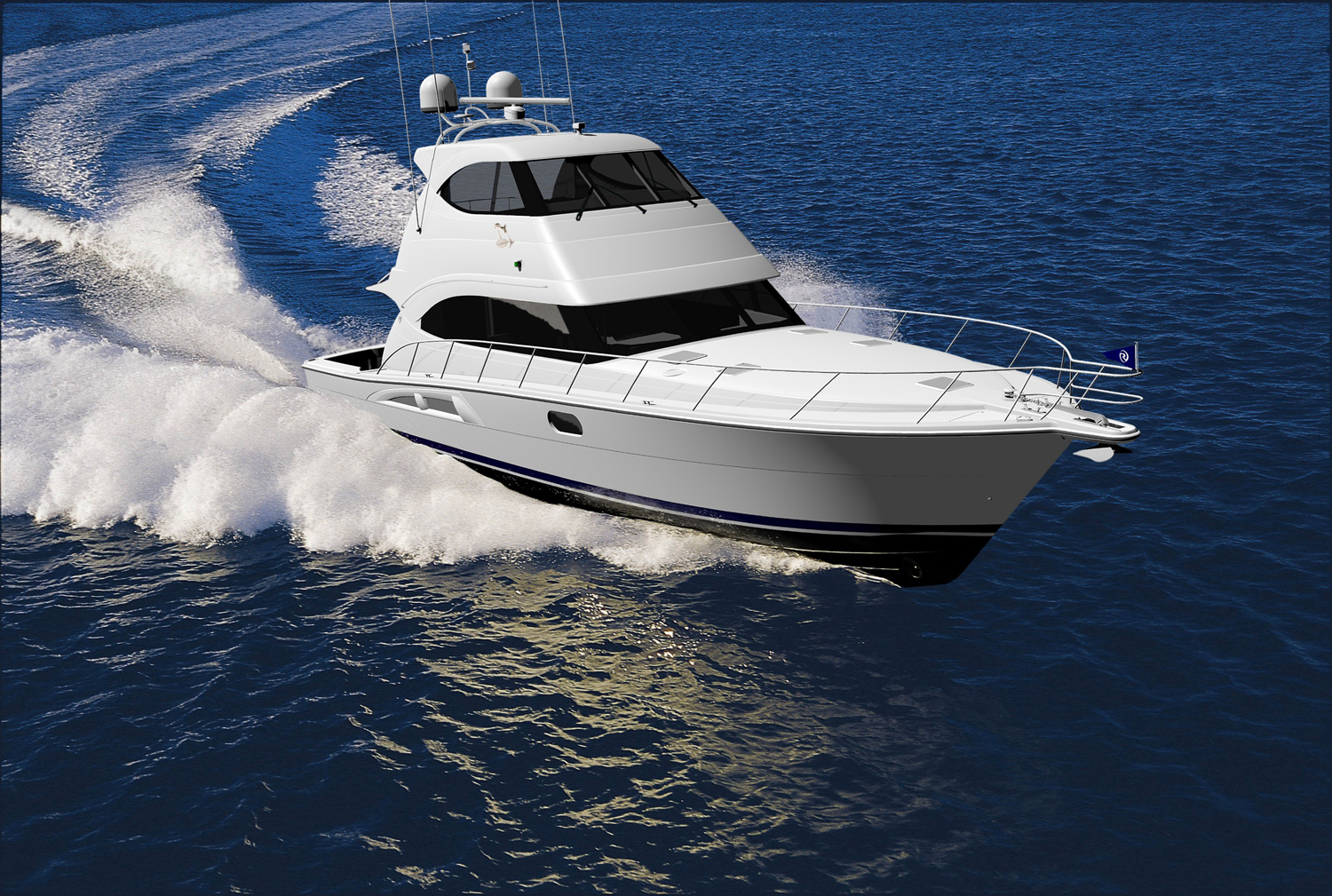


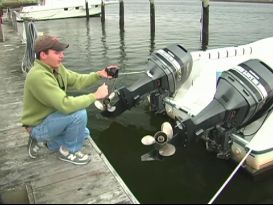
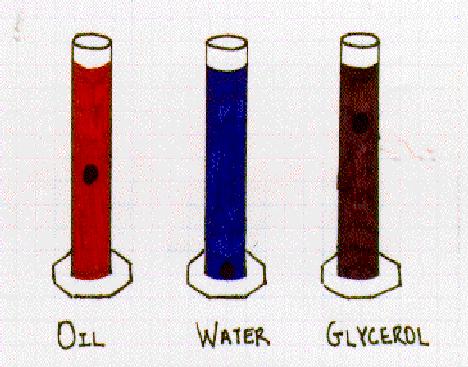
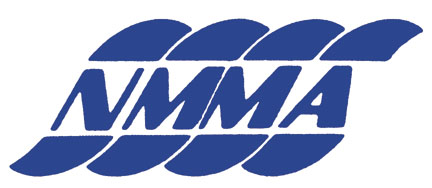
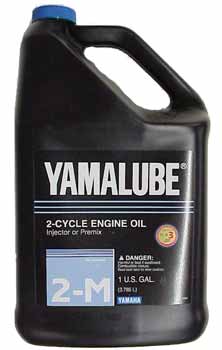 If you’ve been shopping around for outboard oil lately, you’ve probably noticed a small indicator on the label, proclaiming that the oil meets “TC-W3” standards. But what does this designation really mean? As one might expect, TC stands for two-cycle. The W is merely standing in for water-cooled. And the 3 simply means that it’s the third formulation of oil for two-cycle, water-cooled engines.
If you’ve been shopping around for outboard oil lately, you’ve probably noticed a small indicator on the label, proclaiming that the oil meets “TC-W3” standards. But what does this designation really mean? As one might expect, TC stands for two-cycle. The W is merely standing in for water-cooled. And the 3 simply means that it’s the third formulation of oil for two-cycle, water-cooled engines.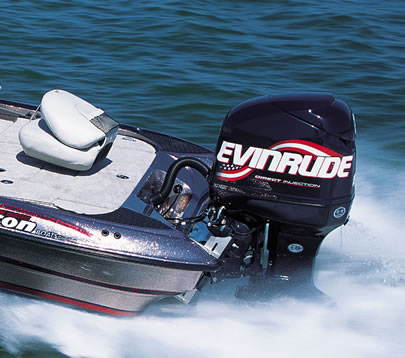
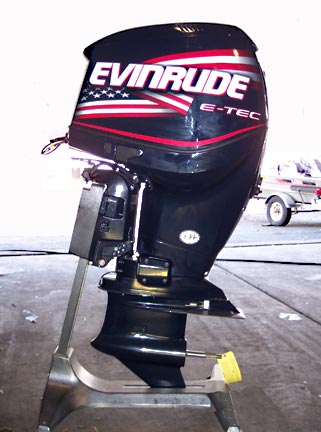 Just a decade ago, the face of the small boating industry was dramatically different. Environmentally conscious boaters were disenchanted with the two-stroke engines of the era – inefficiency and a propensity to pollute had placed them firmly behind their four-stroke counterparts. If that weren’t already enough to signal the two-stroke’s demise, the Environmental Protection Agency set rigorous pollution standards for snowmobiles, personal water craft and other recreational vehicles that utilized two-stroke motors.
Just a decade ago, the face of the small boating industry was dramatically different. Environmentally conscious boaters were disenchanted with the two-stroke engines of the era – inefficiency and a propensity to pollute had placed them firmly behind their four-stroke counterparts. If that weren’t already enough to signal the two-stroke’s demise, the Environmental Protection Agency set rigorous pollution standards for snowmobiles, personal water craft and other recreational vehicles that utilized two-stroke motors.
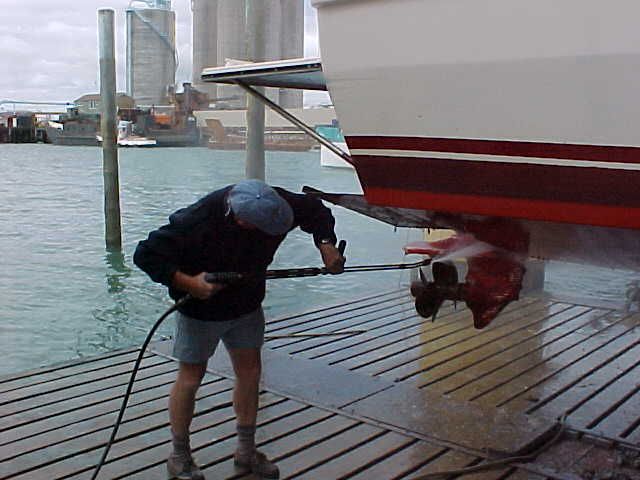
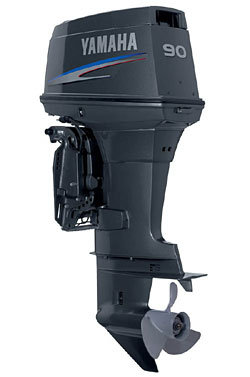 The lower-horsepower outboards highlighted yesterday are perfectly suitable for inflatables, canoes and other small craft, but what about those who want to step up their performance? Mid-range engines are tailor-made for fishermen and other boaters who appreciate the capability of traveling several miles at a time. Outboard motors in the 20 to 35 hp range fit the bill, providing crucial mobility for light fiberglass vessels and sailboats.
The lower-horsepower outboards highlighted yesterday are perfectly suitable for inflatables, canoes and other small craft, but what about those who want to step up their performance? Mid-range engines are tailor-made for fishermen and other boaters who appreciate the capability of traveling several miles at a time. Outboard motors in the 20 to 35 hp range fit the bill, providing crucial mobility for light fiberglass vessels and sailboats.